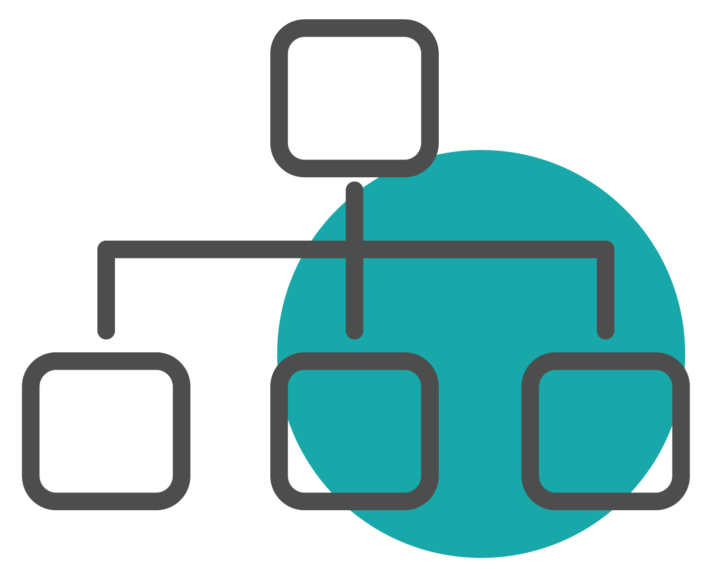
Whether you’re a startup or have a thriving business, you can no longer ignore your online presence. To make the most of this opportunity, your website requires Search Engine Optimization (SEO). Having a properly SEO-optimized website not only helps to increase traffic and sales, but also to build credibility and offer a better user experience to visitors.
Your website’s structure plays a critical role in SEO. A good site structure can do wonders for your online visibility, while a weak one can compromise your business potential in several ways. Google gives much higher rankings on its search pages to websites that have optimal structures. This is because the search giant considers two very important factors:
-
How easy is it for automated search spiders to index your webpages: A strong website hierarchy would do well for this. There should be a homepage with links to the main segments of your site, which in turn would connect to all inside pages.
-
How easy is it for visitors to navigate your website: Your site structure should be such that visitors would intuitively know how to navigate to sections that are most relevant to them. It should also have internal links to make it easier for visitors to locate related content.
Your Website Structure and SEO
When considering structure, think of your website like a large store, rather than a collection of webpages. Optimization of your site’s structure falls under technical SEO. This looks at the linking and user interface of your website. It is different from what people would refer to as on-site and off-site SEO, which is based on keywords and external backlinks.
Your Website Structure and Technical SEO
There are four components of your website that technical SEO revolves around.
-
URL Structure: The URLs of your website should include relevant keywords. When you create a page, the URL can get automatically set to something like: www.nameofyoursite.com/9rf724=article123 Instead, make the URL such that a human would know what to expect to read on that page. Something like this: www.nameofyoursite.com/choose-athletic-wear-for-women. Avoid making the URL too long, with too many sections. While a CMS may allow you to incorporate a logic for creating URLs, in most cases, you may need to manually edit the URL to perfect it. It’s worth the time and investment.
-
Internal Links: This sounds easier than it actually is, and it’s best to document an internal-linking policy for your website. When your site is only a few pages, this effort may seem futile. But websites tend to grow rapidly during busy phases, and everything could become messy in the absence of a well-designed set of internal linking guidelines. It’s a great idea to link from within text. You can even consider creating a list of related links at the bottom of the next. A word of caution here. Avoid being excessive with this strategy, else your site will get penalized by Google.
-
Duplicate Content: As much as search engines love unique content, they hate copied stuff. So, avoid copying from another site or even your own website. There are times when some content may need to be repeated on different pages. There are legitimate ways to do this. Best to ask an SEO expert rather than taking the risk.
-
User Experience: Although this simply means your website should be user friendly, there are several aspects to consider. The placing of your site navigation links should be intuitive. No page should take more than three links to access. The design should be clean. The website should load fast. The user experience will continue to impact certain data-points like click-through rate, time spent on site and bounce rate, which will affect your site’s ranking for years to come.
For best results, get assistance from experienced SEO professionals right from the start. It’s easier to do it right the first time than to clean up later.


